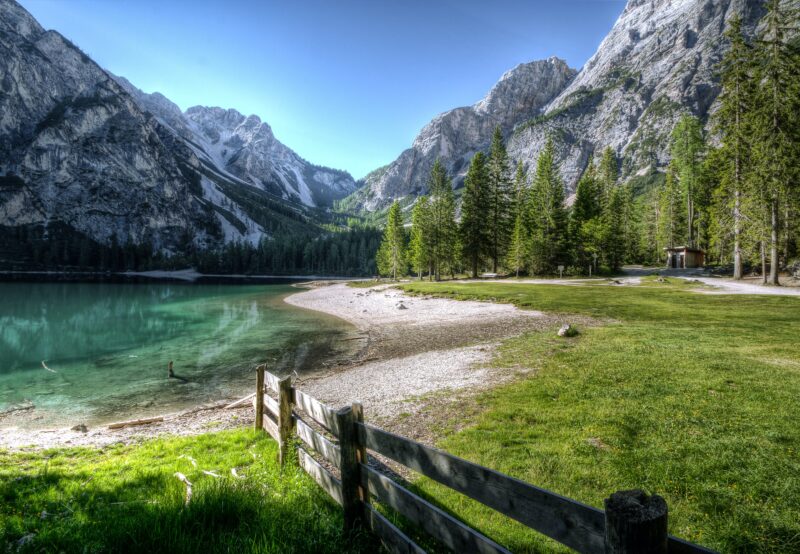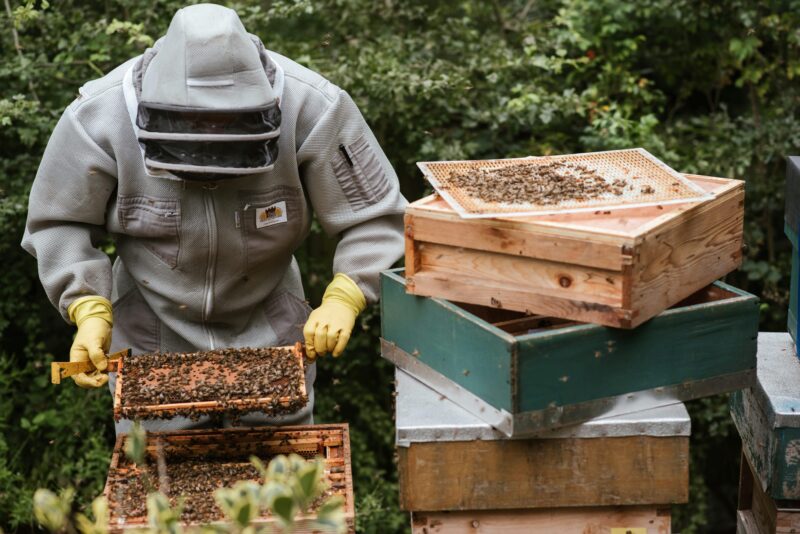Editorial
How to embed environmental sustainability as a Writer
You create twisting plots, build complex characters and tell stories that stay with people for life.
Back to roles
As a writer, you are the best person to tell the never-ending tale of the world around us. How it works, how it’s changing and how we, together, can keep it in balance.
Here are some of the ways you could weave environmental sustainability into your stories:
As a writer, you are the best person to tell the never-ending tale of the world around us. How it works, how it’s changing and how we, together, can keep it in balance.
Here are some of the ways you could weave environmental sustainability into your stories:
Select another role



